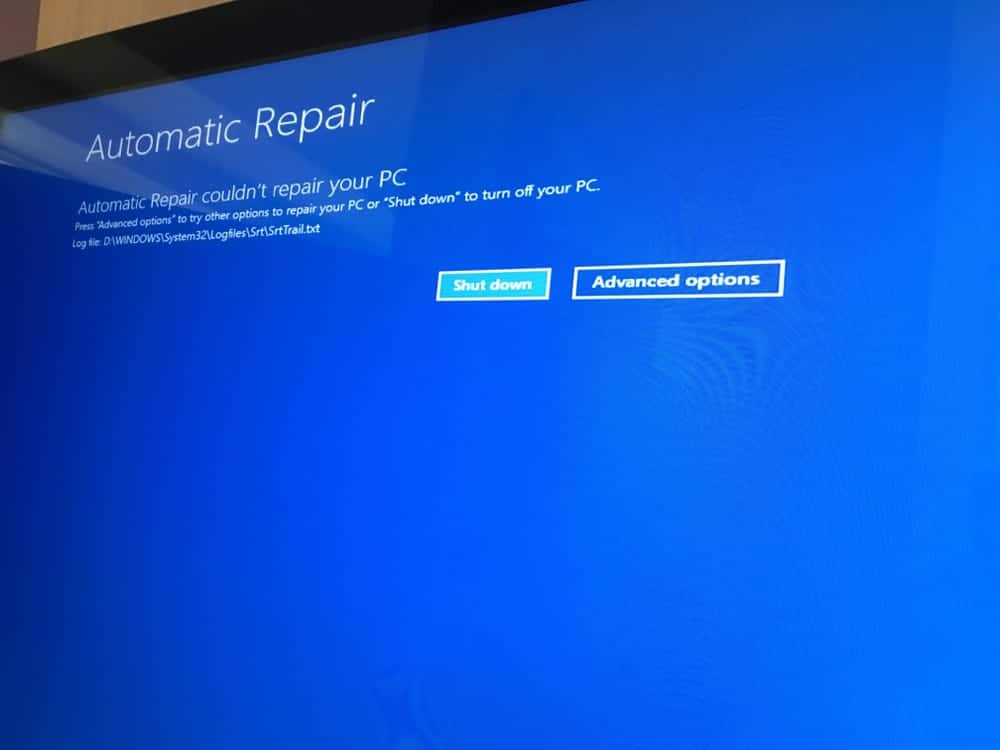
- #Windows bsod driver power state failure drivers#
- #Windows bsod driver power state failure driver#
- #Windows bsod driver power state failure windows 10#
- #Windows bsod driver power state failure code#
You can easily solve this issue by some easy methods stated below.
#Windows bsod driver power state failure driver#
Some Effective Methods to Fix Driver Power State Failure on Windows 10ĭon’t panic after seeing this BSOD on the screen, because fixing this issue is relatively simple. Misconfigured or outdated Device driver.The general causes behind this issue are: So, before fixing it, you need to find the exact cause for this troublesome issue. There are many reasons why you experience this type of failure on your device. So, we can say that this error is encountered when you try to log in to your device. This error generally strikes for placing the operating system to sleep mode state while you can still work on your device.
#Windows bsod driver power state failure windows 10#
Possible Reasons for Encountering Driver Power State Failure on Windows 10

Just go through this article, you can solve this issue for sure. Generally, users get panic when they see the BSOD error on the screen. So, if you face this issue, it will not allow the connection with the external devices.
#Windows bsod driver power state failure drivers#
We know, that drivers are the most important part of the Device to run the external devices like keyboard, mouse etc. Mostly, during the time of updating the OS to Windows 10, users encounter this irritating issue. This error can strike due to incompatible drivers or the incorrect settings of the power. It is one of the common blue screens of death error that is related to the drivers of the system.
#Windows bsod driver power state failure code#

Click the Change Plan Settings button and click Change advanced power settings. Next, go to Power Options and find the currently selected plan. Save your changes to disable the selected power options. Select Change settings and disable the "Disable Fast Startup" (recommended), "Sleep", and "Hibernation" options. Find and click Power Options, and then click Select. Press the Windows Key + S simultaneously and select Control Panel from the list.

You can also try changing the power settings to solve your problem.


 0 kommentar(er)
0 kommentar(er)
